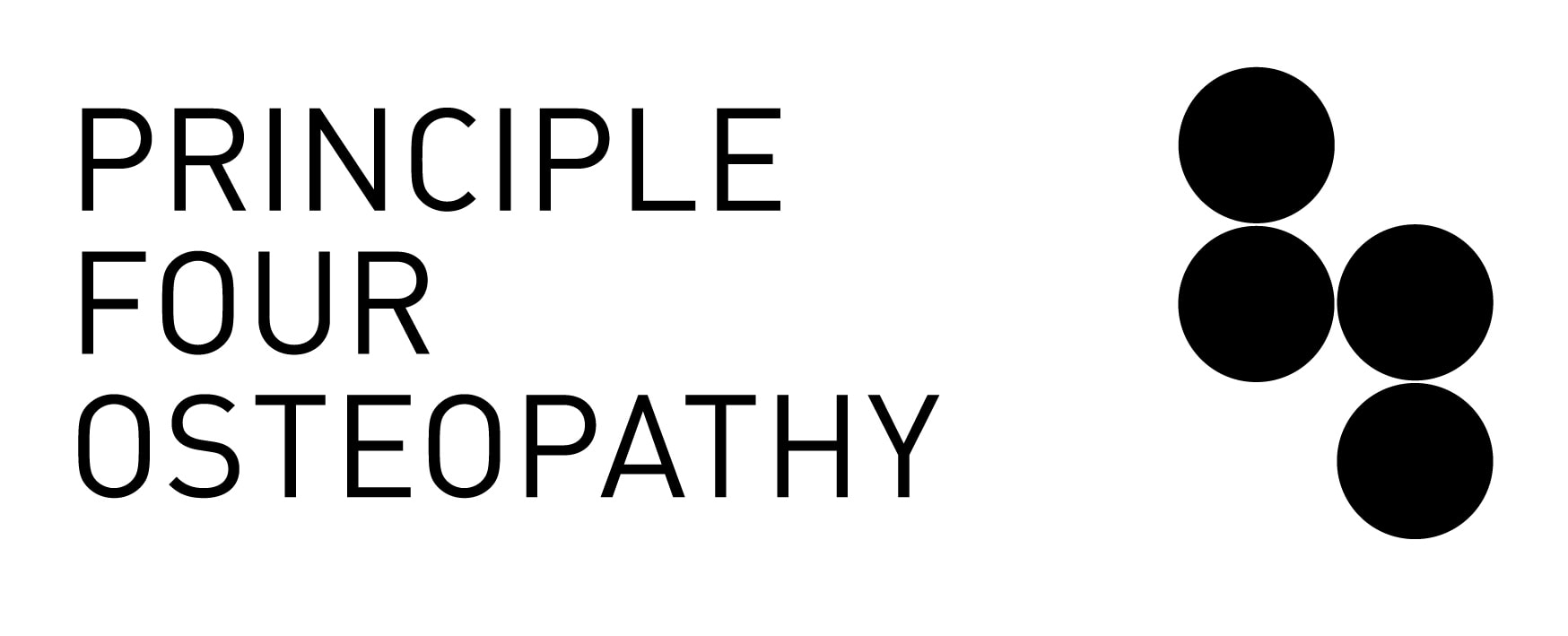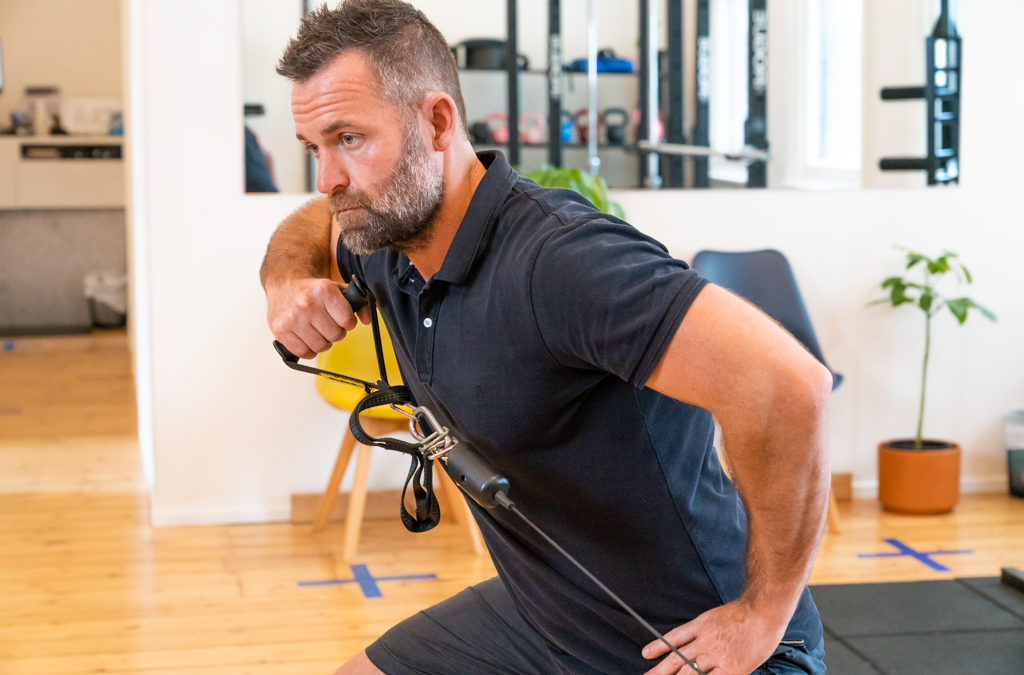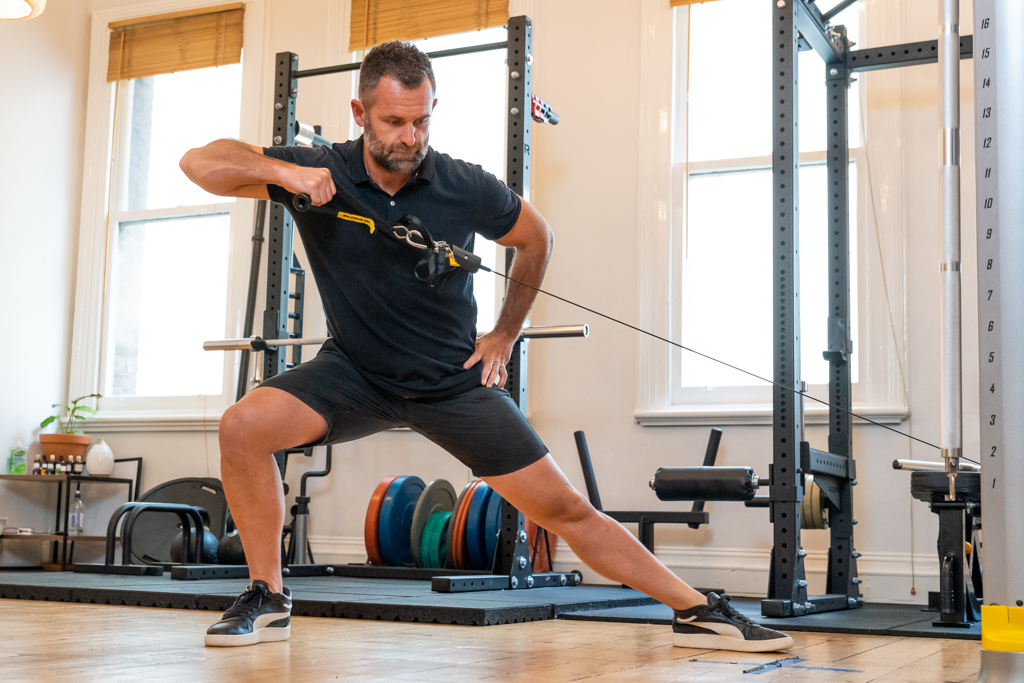Sports Injury Rehabilitation with Osteopathy – A Complete Guide
Table of Contents
-
Introduction
-
Common Sports Injuries We Treat
-
Why Osteopathy Is Ideal for Sports Rehab
-
Our 3-Phase Rehab Model at Principle Four
4.1 Phase 1 – Relief and Protection
4.2 Phase 2 – Restore Movement and Strength
4.3 Phase 3 – Return to Sport and Performance -
Strength and Conditioning in Sports Rehab
-
How We Tailor Treatment for Different Athletes
-
FAQs About Sports Injury Rehabilitation
-
Author
1. Introduction
Injury is an unfortunate reality for athletes of all levels—whether you’re playing AFL on weekends, running marathons, or just hitting the gym a few times a week. When injury strikes, your goal is simple: recover quickly, safely, and completely.
At Principle Four Osteopathy in Melbourne CBD, our osteopaths are trained not only in manual therapy, but also in strength & conditioning and sports-specific rehabilitation. We take a comprehensive approach to help athletes recover faster and return to peak performance—without cutting corners.
2. Common Sports Injuries We Treat
We see a wide range of sports-related issues, including:
-
Muscle strains (e.g., hamstring, quadriceps)
-
Ligament sprains (e.g., ankle, knee)
-
Tendinopathies (e.g., Achilles, patellar, gluteal)
-
Shoulder impingement and rotator cuff injuries
-
Shin splints and compartment syndrome
-
Lower back pain from running or lifting
-
Overuse injuries from cycling, swimming, and repetitive training
We also work with post-surgical patients looking to regain strength and function after procedures like ACL reconstructions or rotator cuff repairs.
3. Why Osteopathy Is Ideal for Sports Rehab
Osteopathy focuses on how the body’s systems work together. This makes it ideal for athletes, because injury is rarely just about one joint or one muscle. Often, it’s a movement dysfunction, a loading imbalance, or a postural issue under stress.
At Principle Four, we combine:
-
Hands-on treatment for pain relief and mobility
-
Functional assessments to identify the root cause
-
Rehab planning tailored to your sport and position
-
Performance tracking to ensure progress and safe return to activity
Our goal? Not just to get you pain-free—but to get you stronger than before.
4. Our 3-Phase Rehab Model at Principle Four
We follow a structured, evidence-based rehabilitation model designed to restore function and prevent recurrence.
4.1 Phase 1 – Relief and Protection
-
Reduce pain and swelling
-
Address joint and soft tissue restriction
-
Protect the injured area while promoting safe movement
-
Begin gentle activation exercises (e.g., isometrics)
Techniques may include manual therapy, taping, dry needling, and education around activity modification.
4.2 Phase 2 – Restore Movement and Strength
-
Improve range of motion and tissue tolerance
-
Introduce strength exercises tailored to the injury
-
Focus on restoring symmetrical movement and neuromuscular control
-
Begin sport-specific drills at low intensity
We use our in-clinic gym to guide strength exercises and progress loading with precision.
4.3 Phase 3 – Return to Sport and Performance
-
Load testing and performance-based benchmarks
-
Sport-specific movement retraining
-
Address weaknesses or asymmetries to prevent re-injury
-
Collaborate with coaches, trainers, and healthcare providers as needed
This is where we bridge the gap from rehab to real-world performance.
5. Strength and Conditioning in Sports Rehab
As osteopaths with strength & conditioning qualifications, we offer performance-focused rehab. This sets us apart from clinics that stop at basic exercises.
We help athletes:
-
Rebuild strength through progressive resistance training
-
Improve movement quality with mobility and control drills
-
Train explosive power or endurance, depending on sport
-
Build resilience with conditioning strategies (intervals, tempo work, plyometrics)
Whether you’re an amateur triathlete or a semi-pro footballer, we tailor programs to your goals and training timeline.
6. How We Tailor Treatment for Different Athletes
We understand the demands of various sports. Here are just a few examples:
-
Runners: Focus on lower limb load tolerance, cadence analysis, and glute control
-
Footballers: Emphasise deceleration mechanics, lateral agility, and hamstring strength
-
Weightlifters: Address thoracic mobility, hip hinge mechanics, and load management
-
Tennis players: Combine shoulder rehab with rotational core strength and footwork drills
-
Cyclists: Focus on postural control, hip flexibility, and scapular stability
We build rehab programs around your training schedule and competition dates—so you’re not left guessing.
7. FAQs About Sports Injury Rehabilitation
Q1: How soon should I see an osteopath after a sports injury?
As soon as possible. Early assessment helps reduce complications and allows us to guide your recovery timeline.
Q2: Can you work alongside my physio, trainer, or coach?
Absolutely. We regularly collaborate with other professionals to ensure continuity of care.
Q3: Do I need to stop training completely?
Not always. We aim to keep you moving safely. Often, we’ll modify training loads or exercises rather than stop activity altogether.
Q4: What’s the difference between osteo-based rehab and standard physiotherapy?
Osteopaths tend to take a whole-body approach and spend more time combining manual therapy with functional movement. With our strength and conditioning focus, we’re equipped to guide you all the way from injury to performance.
Q5: Will my rehab include gym-based sessions?
Yes. Our clinic has a fully equipped gym space where we teach and progress your exercises in real-time.
8. Author
Heath Williams
Osteopath, Strength & Conditioning Coach, Sports Rehab Specialist
With a background in sports injury management and athlete development, Heath blends clinical care with real-world performance training. He has helped hundreds of athletes return to sport stronger, smarter, and more confident.


